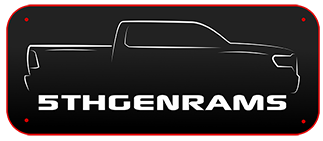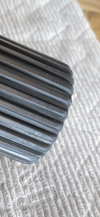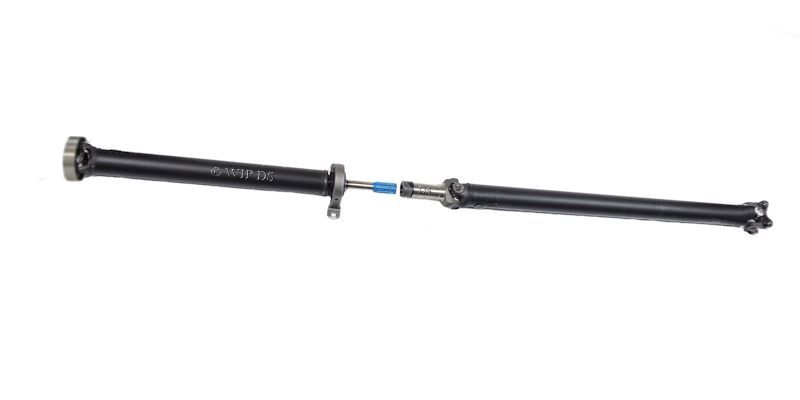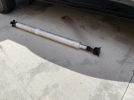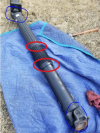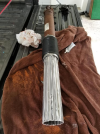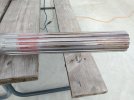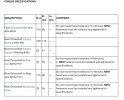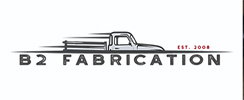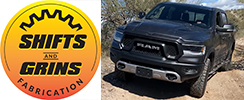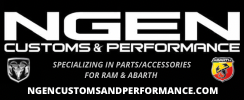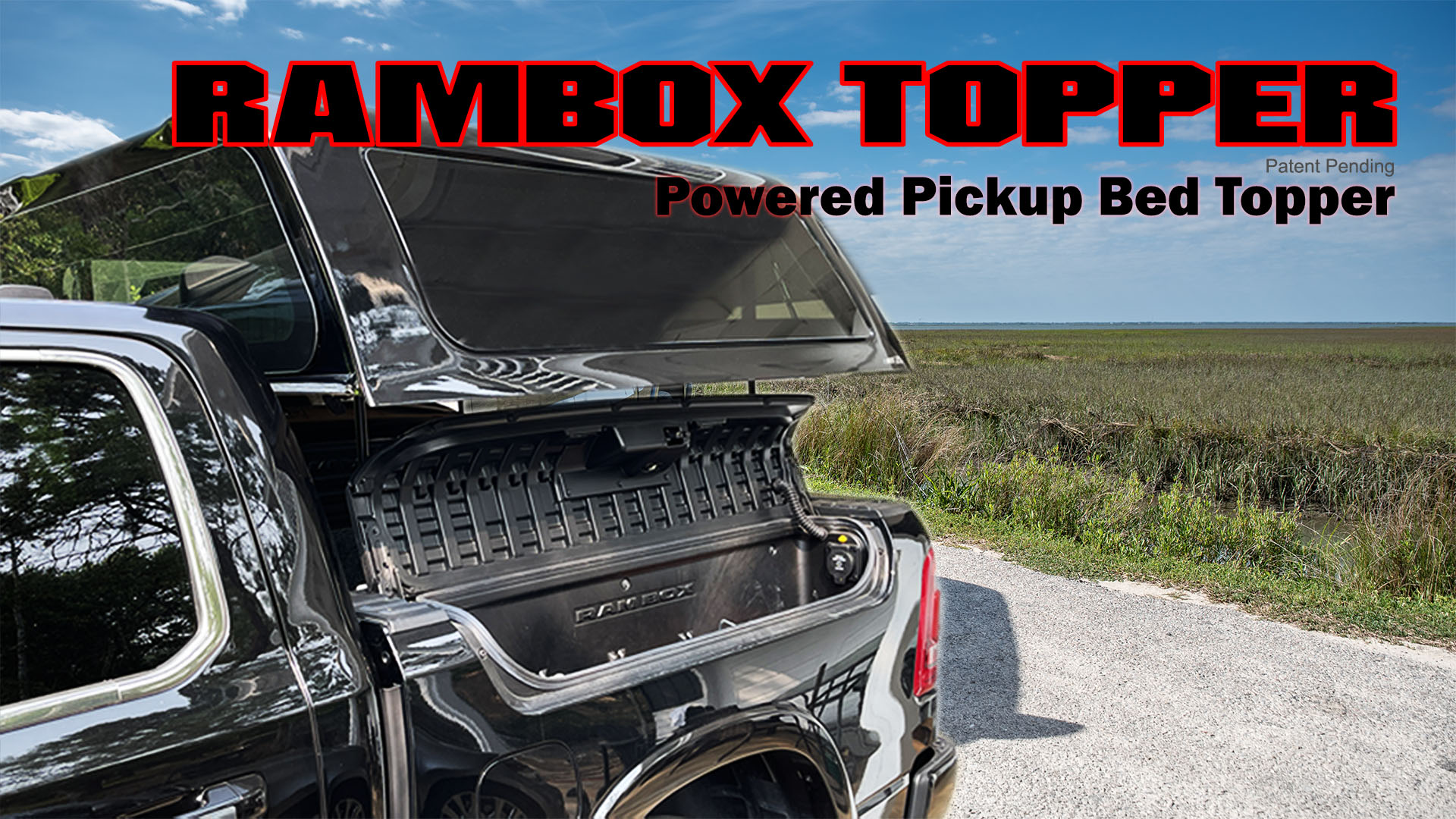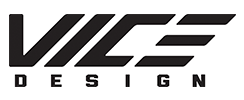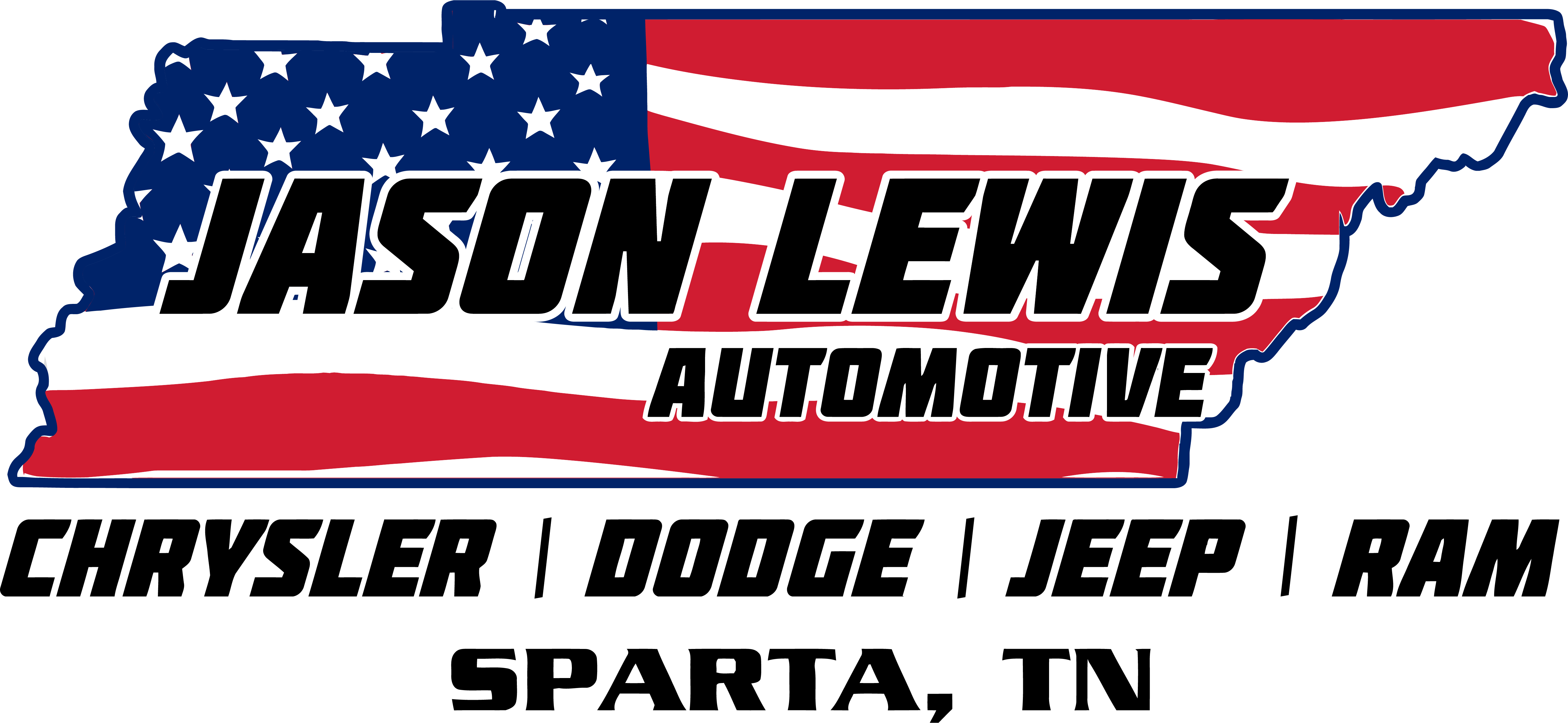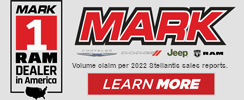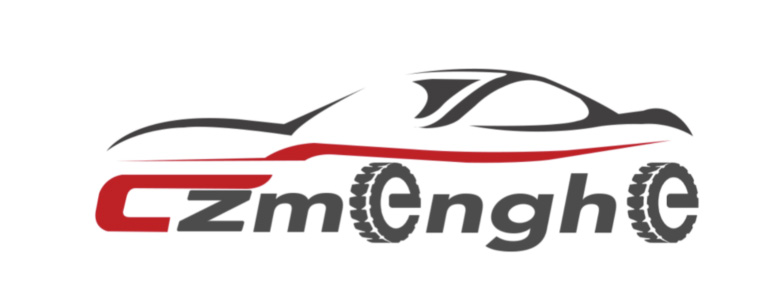BowDown
Spends too much time on here
Thanks for the photo.There's another end to the splines off the right side of the photo that might also be of interest. But what I notice on this end is.
It looks like the splines are chamfered significantly in a radial direction, but not at all circumferential (which would bear the transmission torque load). So the spline shoulders could be plowing a bit of a ridge into the corresponding splines inside the mating part.
Also, I see some circumferential marks near the left end, and I can't tell if they are just machining marks, or wear marks from contact with something inside the mating part.
So these are clues, maybe, and the other end of this spline may have clues, and of course the mating part (which will be harder to image) may have clues.
I think the problem lies in the end of the shaft, during suspension travel that section is expanding and contracting and when you come to a stop, it binds up on the end if its needing to contract/retract into the female end of the shaft. I think you're right though as that female end may show significantly more wear. If the weather cooperates this weekend, I'm going to take mine apart to regrease it and I'm going to look at the female end of this 2 piece rear section.
